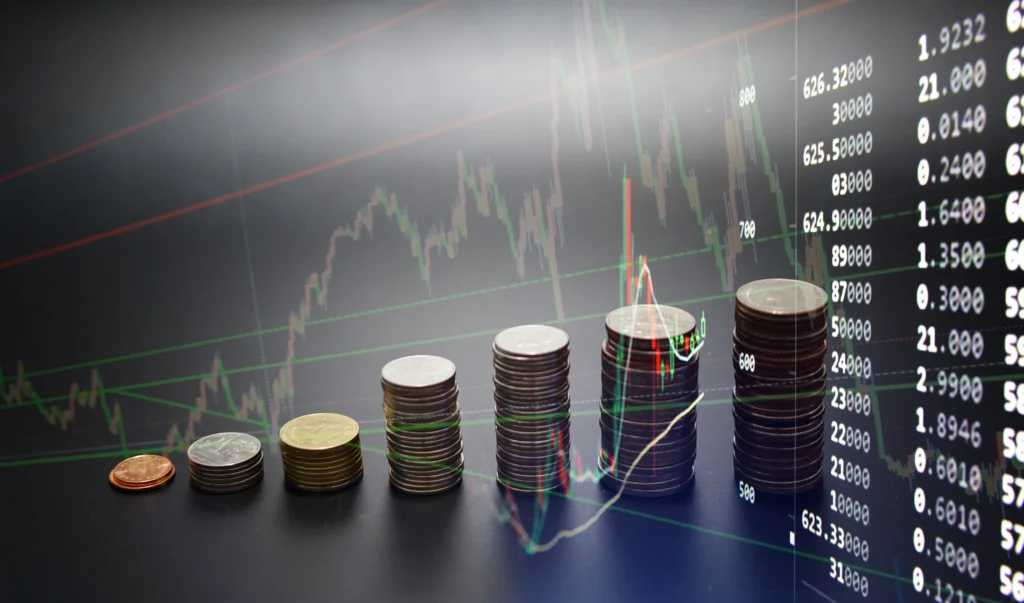In the dynamic and fast-paced world of Forex trading, making informed decisions can be the difference between profit and loss. Trading signals have emerged as a powerful tool to guide traders in navigating this complex market. These signals, whether generated manually or through advanced algorithms, serve as actionable recommendations for buying, selling, or holding currency pairs.
This beginner’s guide provides an in-depth look into trading signals, their purpose, benefits, limitations, and the best practices to help you elevate your trading performance.
What Are Trading Signals?
Trading signals are suggestions or alerts derived from analyzing market data. They are designed to help traders identify profitable opportunities without needing to perform extensive independent analysis.
How Are Trading Signals Delivered?
Trading signals can be delivered through various methods, such as:
- Email Alerts: Detailed signals sent directly to your inbox.
- SMS Notifications: Instant updates on your mobile device.
- Mobile Apps: Integrated signals in trading applications.
- Trading Platforms: Signals integrated within platforms like MetaTrader.
Understanding the Foundation of Trading Signals
Forex trading signals are typically generated using two main forms of analysis:
- Technical Analysis: Relies on indicators like moving averages, RSI, MACD, and Fibonacci retracements.
- Fundamental Analysis: Evaluates economic data, geopolitical events, and market sentiment.
By combining these two approaches, signals aim to offer a comprehensive picture of market conditions, helping traders make more informed decisions.
Types of Trading Signals
- Manual Trading Signals
These are created by experienced analysts who study market trends and share their insights. They often include detailed explanations of the logic behind the signals.
- Automated Trading Signals
Generated by algorithms and AI, these signals are based on pre-set parameters, offering speed and precision that is invaluable in a fast-moving market.
How Do Trading Signals Work?
Trading signals are the result of a multi-step process:
- Data Collection
Data is gathered from multiple sources, including live market feeds, historical price data, and economic calendars. - Analysis
Using technical indicators, fundamental analysis, or a combination, potential trade opportunities are identified. - Signal Generation
The system generates actionable recommendations, such as “Buy EUR/USD at 1.1100 with a stop-loss at 1.1080 and take-profit at 1.1150.” - Delivery
Signals are sent via preferred communication channels for traders to act upon.

Benefits of Using Trading Signals
Trading signals offer several advantages, particularly for beginner and intermediate traders.
- Time Efficiency
Trading signals save time by eliminating the need for constant market monitoring and analysis.
- Improved Decision-Making
Actionable insights reduce guesswork, allowing traders to act with more confidence.
- Emotion-Free Trading
Signals promote a disciplined approach, helping traders avoid emotional decisions that often lead to losses.
- Educational Value
By following signals, beginners can learn about market dynamics and trading strategies.

Risks and Limitations of Trading Signals
While trading signals can be a powerful tool, they are not without limitations.
- Overreliance on Signals
Traders who rely solely on signals may miss out on developing their analytical skills.
- Misinterpretation
Understanding how to read and implement signals correctly is crucial to avoid errors.
- Market Volatility
Even accurate signals can fail during unexpected market conditions, such as major geopolitical events.
Mitigation Strategies
- Validate signals using your own research.
- Set stop-loss and take-profit levels to manage risk.
- Use demo accounts to practice.
Best Practices for Using Trading Signals
- Combine Signals with Personal Analysis
Always cross-verify signals with your own market research or analysis tools.
- Use Risk Management Tools
Leverage tools like stop-loss orders and position sizing calculators to minimize potential losses.
- Choose Reliable Providers
Select a trusted signal provider with a proven track record of accuracy and transparency.

Free vs. Paid Trading Signals
Free Signals
Free signals are an excellent starting point for beginners. However, they may lack the depth and accuracy of paid signals.
Paid Signals
Paid signals often come with additional features, such as detailed market analysis, real-time updates, and personalized support.
Tools and Platforms for Enhancing Trading Signal Efficiency
Several tools can help you maximize the effectiveness of trading signals:
- Trading Platforms: Use platforms like MetaTrader, which offer built-in signal services.
- Forex Calculators: Calculate position sizes, pip values, and risk-reward ratios to plan trades effectively.
- Economic Calendars: Stay informed about key market events that might impact your signals.

Common Mistakes Beginners Make with Trading Signals
- Ignoring Risk Management
Failing to use stop-loss orders can lead to significant losses. - Following Too Many Signals
Overloading your strategy with signals can create confusion and reduce focus. - Neglecting Market Trends
Ignoring broader market conditions when acting on signals can diminish their effectiveness.
Future Trends in Forex Trading Signals
- Artificial Intelligence and Machine Learning
AI is making trading signals more accurate and adaptive to changing market conditions. - Blockchain Integration
Blockchain could enhance transparency and trust in signal generation.

FAQs About Trading Signals
- What are trading signals?
Trading signals are recommendations based on market analysis that help traders decide when to buy, sell, or hold currency pairs. - How are trading signals delivered?
They are sent via email, SMS, mobile apps, or directly through trading platforms. - Are trading signals reliable?
They can be highly effective when sourced from reputable providers. - Can I use trading signals as a beginner?
Yes, they simplify decision-making and serve as excellent learning tools. - What tools do I need to use trading signals effectively?
A trading platform, risk management tools, and an economic calendar are essential. - How do I choose a reliable signal provider?
Look for providers with a proven track record, transparent methodology, and positive user reviews.























